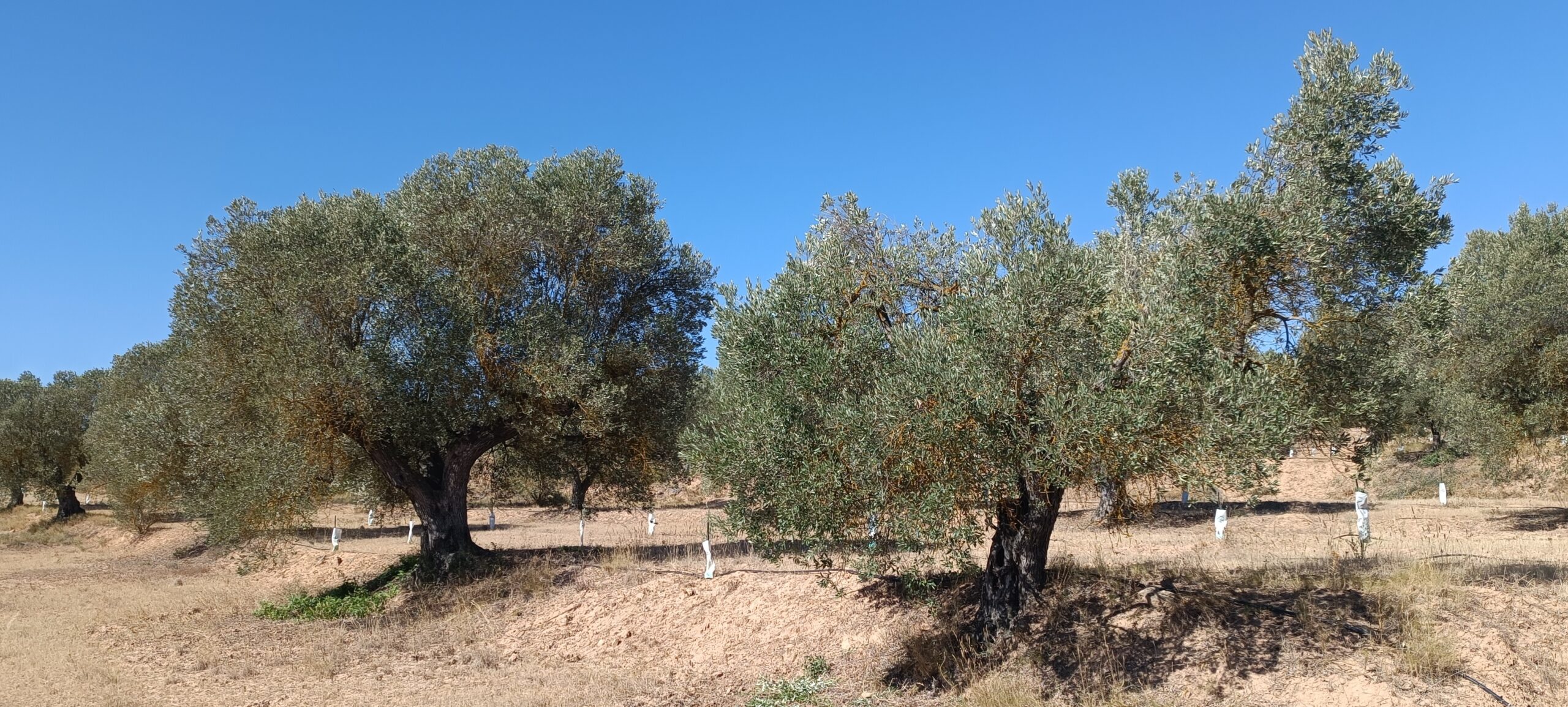When you become an olive farmer, you are granted the opportunity to become a steward of the land, the privilege of caring for these ancient olive trees, to awake with the sun and perhaps taste of your own olive oil. However appealing this lifestyle may seem, it does come at a cost.
The first consideration for potential olive farmers is to reflect on whether this is to become a passive or sole income should decide on scale and how best to sell your olives. As your options currently stand: you can sell to the Coop where they have the power to dictate the price, or retain your power by value adding and have your olives processed into a high quality olive oil. This involves a lot more effort and expertise, specifically in creating, maintaining and growing a client base. This is the route we have taken. We feel that these organisations have passed all the costs, labour and risk onto us farmers and taking the profits.
The next thing to consider is the olive trees. How many are there? Which variety is best suited? What volume of oil do they produce? Most growers should keep a detailed record of the quantity of olives harvested each year. This will give you a valuable insight as the the potential and limitations of the olive grove. It can offer the answers for common questions such as: how much do I need to sell? How many extra trees do I need to plant? What price do I need to sell at? The current trend is to remove the ancient olive trees and convert to an intensive system with more trees/ha. To put things in perspective, our groves average 250 trees/ha whereas an intensive system has an average of 2500 trees/ha. We believe that this is not part of regenerative agriculture because it will only lead to dysfunctional soils in the not too distant future. The preservation of these ancient olive trees is imperative to protect them. People forget that these trees continue to produce a quality olive oil. Our 600-800 year old empeltre trees are proof that through careful pruning to replace vegetative growth with productive growth, they continue to produce a quantity and quality fruit with a high flesh to pit ratio.


Lastly, an essential element of olive farming is a guaranteed reliable source of irrigation water. This is not only essential for ensuring that your trees are adequately watered during these drought conditions but also to be used for other essential uses on the farm. If you opt for dry-land farming (no irrigation system) you risk entering a period of reduced rainfall where the trees will not produce an adequate supply and negatively affect the flesh to pit ratio of the fruit. Newly planted trees without sufficient water will have stunted growth or not survive. Every available space needs to be planted with productive olive trees in order to generate a profit.
We are by no means trying to dissuade you from pursuing this noble lifestyle, but hope to help you arrive at a sound conclusion whether this will bring you financial stability and a fulfilled lifestyle. These are just the basics. There are, of course, additional costs involved which we are happy to discuss in more detail if you so wish.

